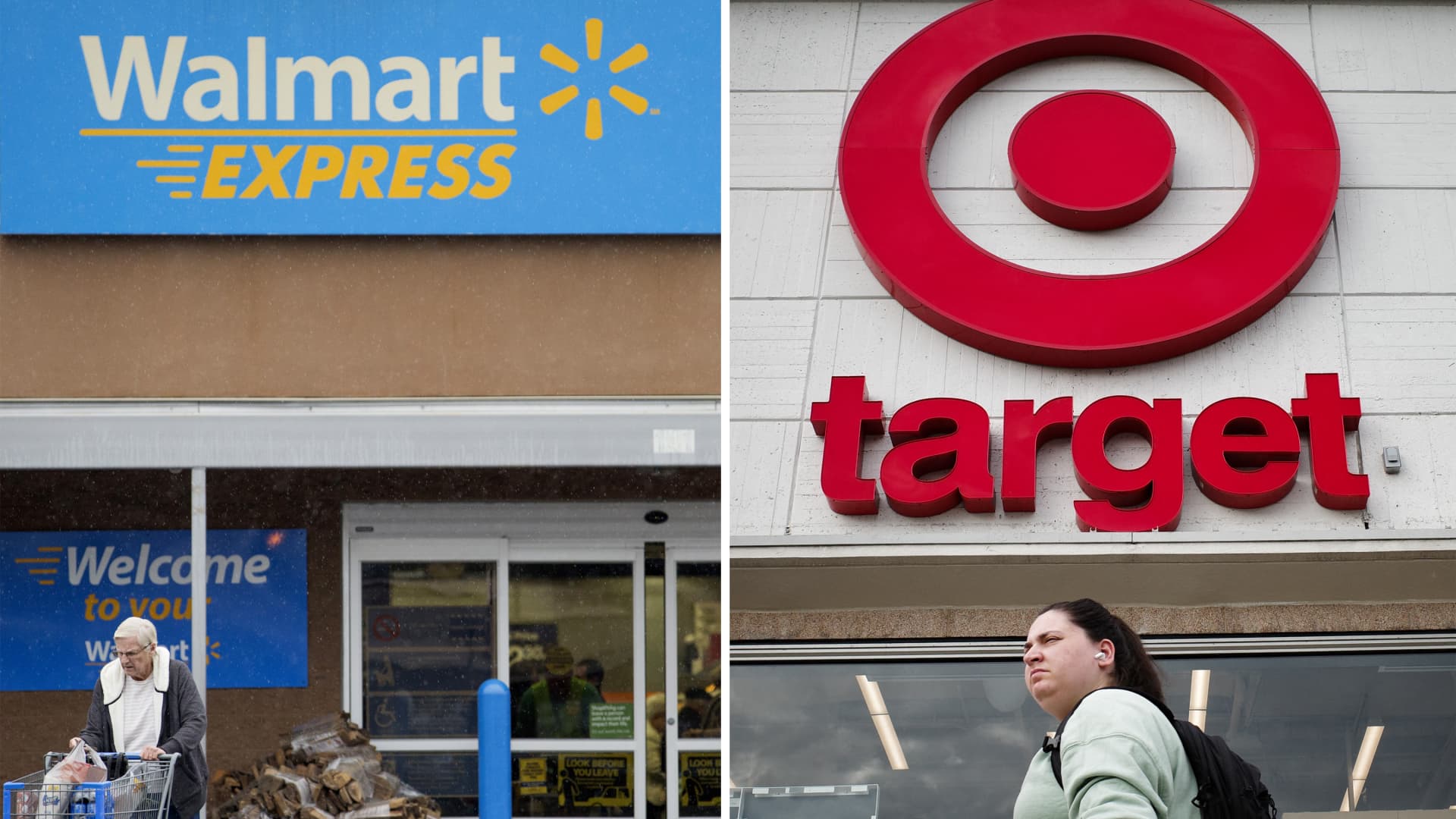Target and Walmart have had different outcomes in terms of sales and revenue, despite both retailers targeting thrifty shoppers. In the fiscal second-quarter, Target failed to meet Wall Street’s sales expectations, while Walmart exceeded revenue estimates. One major difference between the two retailers is that Walmart generates over half of its annual revenue from grocery sales, which are typically purchased even during tight economic times. In contrast, Target relies more on nonessential products like clothing and home goods, which consumers may skip during times of frugality.
Furthermore, Target attracts a more affluent customer base compared to Walmart, which may explain the more dramatic swing in spending patterns. Affluent shoppers may splurge on experiences like Taylor Swift tickets or vacations, while still trying to find cheaper options for everyday shopping. This could explain the success of Walmart and TJX Companies-owned brands like T.J. Maxx, Marshalls, and Home Goods, which have seen growth in sales and profits.
However, both retailers are facing challenges when it comes to catering to fickle consumers and navigating economic headwinds. Wall Street’s response to their recent earnings reports further adds to the confusion. Despite these differences, Target and Walmart both acknowledge that consumers are more cautious when it comes to spending on nonessential items due to rising food costs and inflation.
In terms of online sales, Target experienced a decline of 10.5% year over year, while Walmart saw a 24% increase in e-commerce sales for Walmart U.S. Walmart attributes its success to store pickup and delivery options, third-party marketplace sales, increased advertising revenue, and higher engagement on its website and app. Target, on the other hand, is taking steps to improve its online sales by revamping its digital experience and introducing features like curbside pickup for Starbucks drinks.
Both retailers have observed mixed results when it comes to sales of discretionary items. While Walmart has seen modest improvement in this category, with increased sales of kitchen tools and appliances for consumers cooking at home, Target’s discretionary sales remain soft overall. Both companies are adjusting their inventory orders accordingly, stocking up on essential items and reducing orders for discretionary products.
Looking ahead, the two retailers have different outlooks. Target CEO Brian Cornell noted that sales trends improved in July, but not enough to prevent a cut in the company’s annual forecast. Walmart, on the other hand, expressed optimism about the future, with CEO Doug McMillon pointing out that general merchandise sales have exceeded expectations and back-to-school shopping has started well. Both companies hope that increased spending during back-to-school season will continue during the upcoming holiday season.
Denial of responsibility! VigourTimes is an automatic aggregator of Global media. In each content, the hyperlink to the primary source is specified. All trademarks belong to their rightful owners, and all materials to their authors. For any complaint, please reach us at – [email protected]. We will take necessary action within 24 hours.


